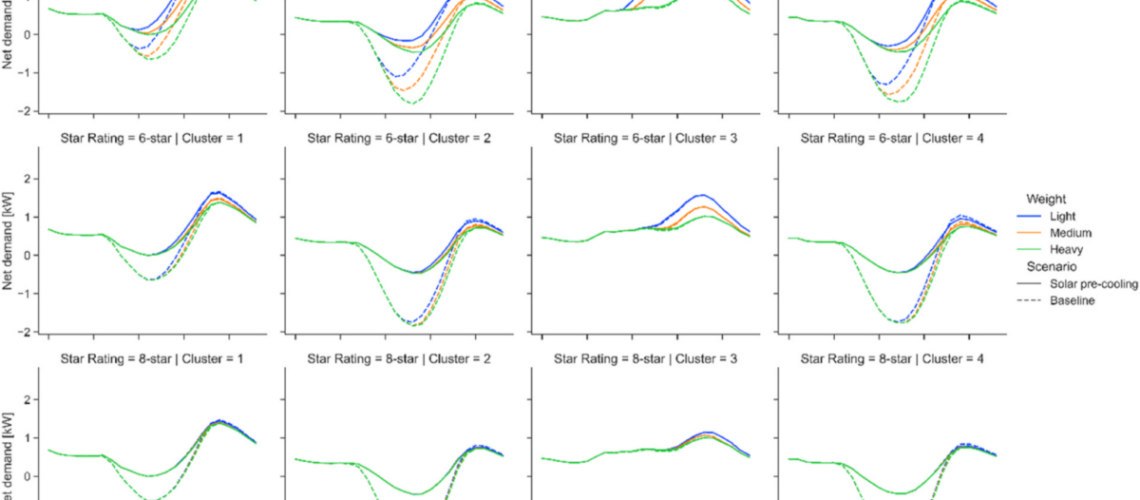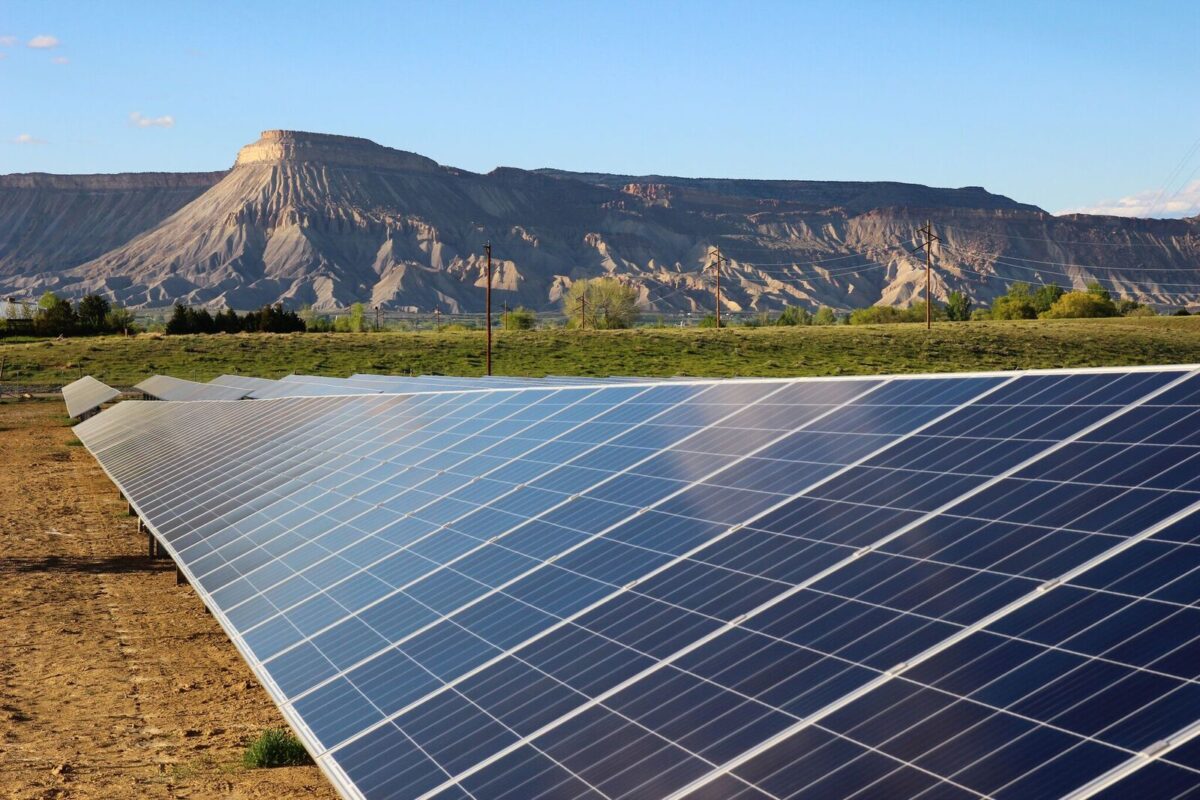Solar pre-cooling consists of using residential PV systems to run air conditioners to pre-cool residential and commercial buildings. It offers benefits in terms of mitigating low minimum demand in electricity networks, flattening the grid’s net demand profile, and reducing electricity bills.
From pv magazine global
Researchers in Australia have looked at how rooftop PV generation used to run air conditioners (AC) to pre-cool residential and commercial buildings may improve cost savings for households, while mitigating the so-called duck curve.
The proposed solar pre-cooling concept, which the scientists developed in previous research, considers the thermal mass of buildings as a virtual battery that could be used to shift or shave peak demand caused by AC systems. It can be implemented in all kinds of buildings that have an AC unit and can be more beneficial if the surplus PV generation during the day is used to pre-cool the building instead of importing electricity from the grid. The AC unit is switched on before peak demand hours with lower thermostat setpoints to pre-cool a household’s thermal mass and indoor air.
“In our previous study, we only simulated pre-cooling,” the report’s lead author, Shayan Naderi, told pv magazine. “The novelty of our new work consists of using measured AC demand, PV generation, and household load profile, and clustering households based on their load shape. We also calculated the benefits of solar pre-cooling for different groups of households and building types.”
The analysis considered the feed-in tariffs (FITs) that are currently paid in Australia for residential rooftop PV generation, three different categories of residential building types dubbed 2-, 6-, and 8-star homes representing old, new, or renovated houses, respectively, and their net demand profiles. For each star rating, three different construction weights were simulated for Adelaide, Melbourne, Sidney, and Brisbane.
The analysis also considered maximum demand reduction, minimum demand mitigation, peak import reduction, self-consumption improvement, and cost savings. It was carried out with a dataset provided by monitoring and energy management services provider Australia-based Solar Analytics Pty. Ltd, which includes hourly data for net demand, AC demand, and PV generation of 349 households during the period from December 1, 2018 to February 28, 2019.
“The temporal pattern of PV generation and household demand are contributing factors to solar pre-cooling potential,” the researches emphasized. “There is a significant difference between the overall magnitude of average hourly AC excluded net demand profiles across the houses.”
They identified four dominant clusters of AC excluded net demand profiles across the 349 households and said only one of the clusters, representing only 3% of the households, does not provide solar pre-cooling technical and economic potential. “The other three clusters, representing 97% of the solar homes analyzed, have a duck shaped AC excluded net demand and offer demand profile improvement through solar pre-cooling,” they said, noting that these results are achieved regardless of the building’s energy efficiency.
The improvement of ‘flattening’ demand profile is mainly due to minimum demand mitigation, with a maximum PV system capacity of 4 kW. The action of solar pre-cooling, meanwhile, was found to be mainly limited by AC size and surplus PV generation, and not by the thermal comfort of occupants.
The research’s findings were revealed in the paper “Clustering-based analysis of residential duck curve mitigation through solar pre-cooling: A case study of Australian housing stock,” published in Renewable Energy. The research group comprises scientists from the Commonwealth Scientific and Industrial Research Organisation (CSIRO) and the University of New South Wales (UNSW).






